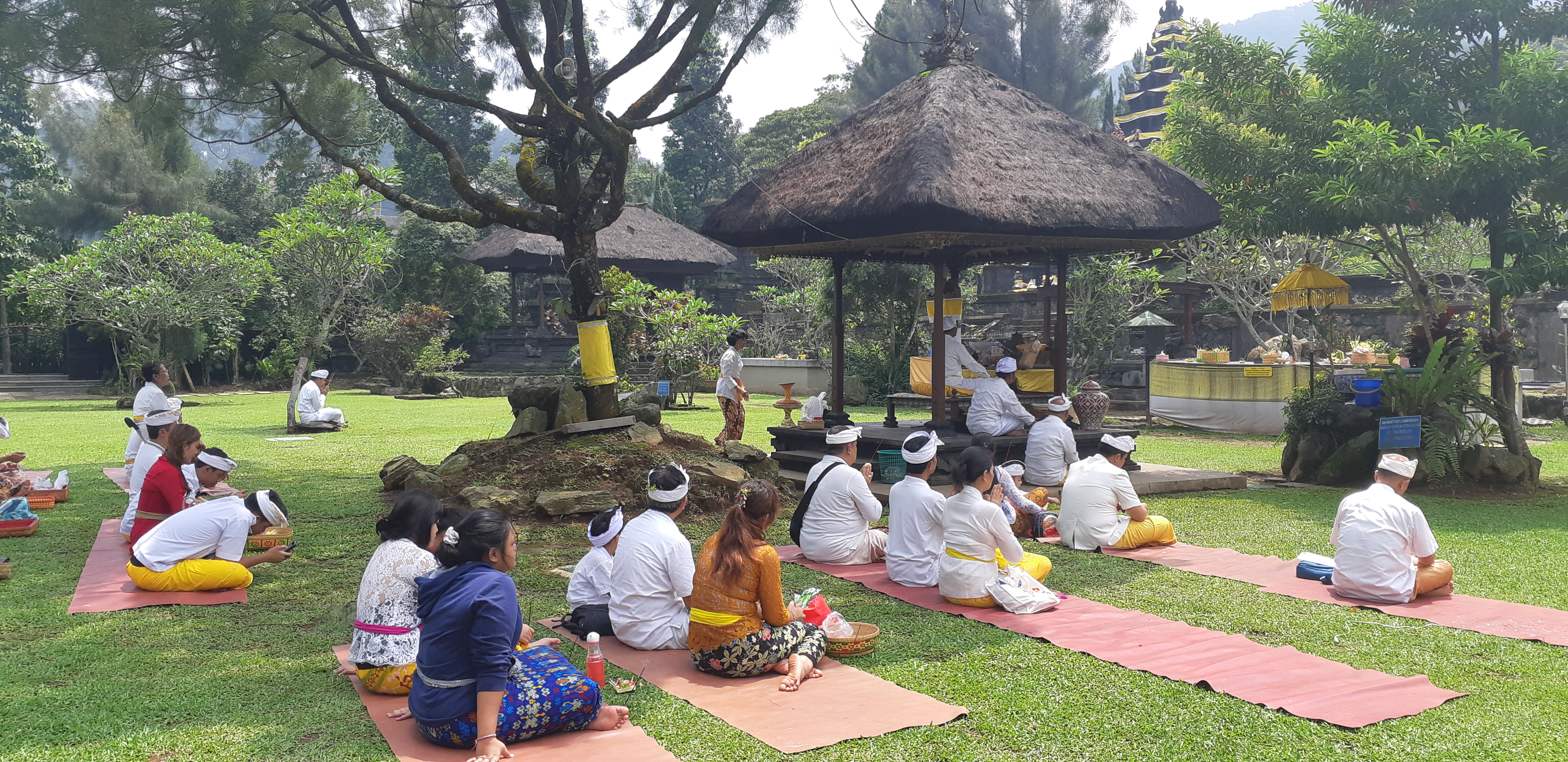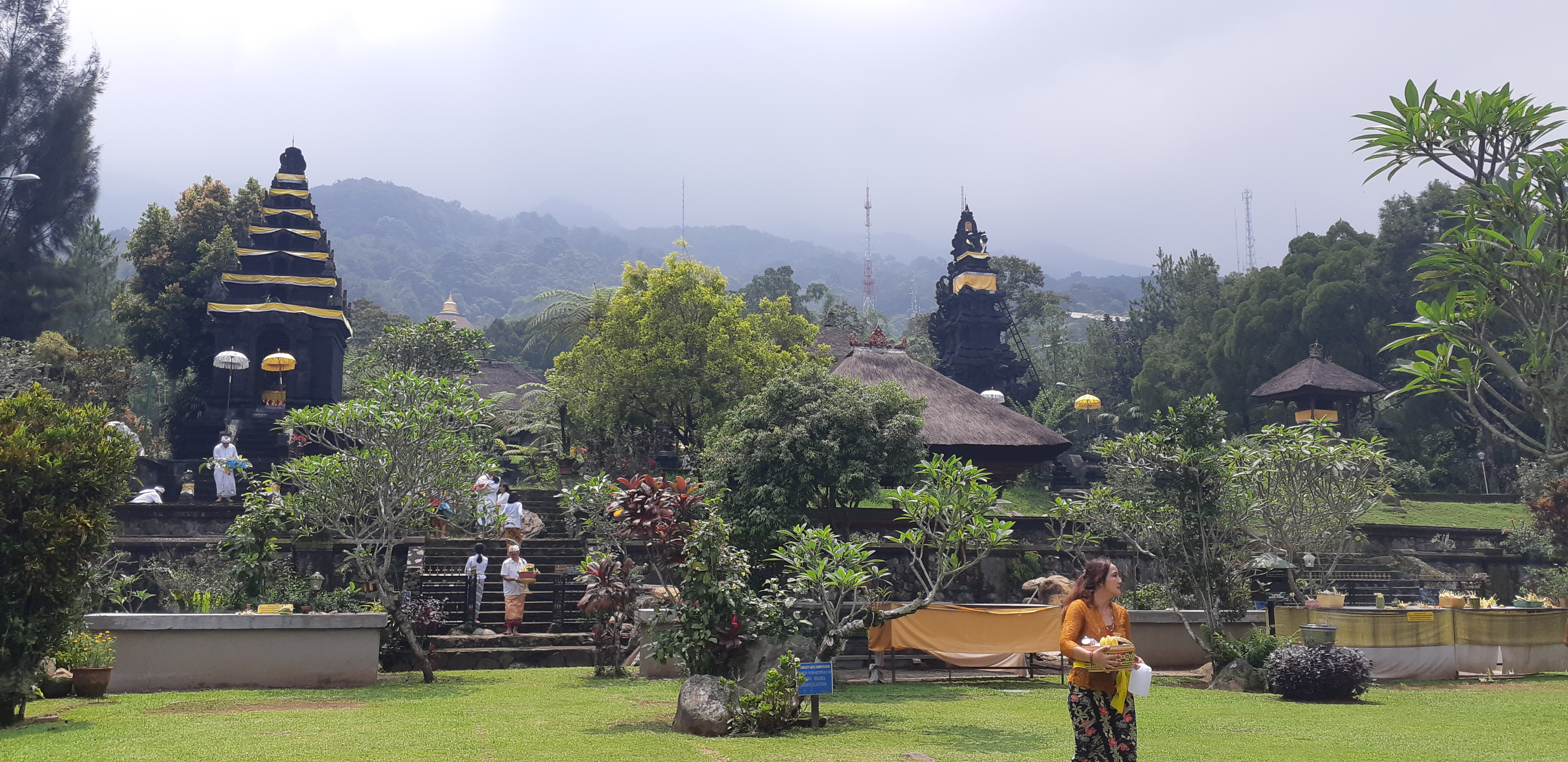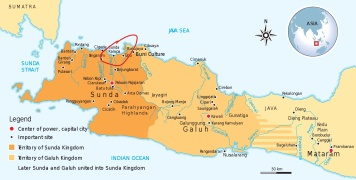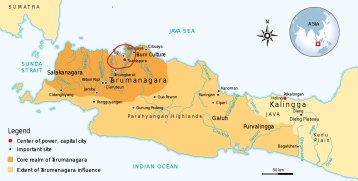How Jakarta got its name
- In Travel
- 07:30 AM, Oct 27, 2021
- Ami Ganatra
The roots of Sanskrit and Hinduism in Jakarta are very very ancient. The earliest historical record of Jakarta region is found in a stone prasasti (inscription) from 5th century CE. The prasati is one of the oldest stone inscription found in Indonesia and was found is Tugu village, North Jakarta. Hence the name Tugu inscription . This inscription in Sanskrit in Pallava script belongs to the Tarumanagar Kingdom. It was issued by King Punarwarman of Tarumanagar to commemorate completion of new canals on Gomati and Chandrabhaga rivers. The project started in the month of Chaitra. The brahmins who solemnized the ceremony were gifted a 1000 cows!
Note the names of the rivers. The enchantment for Bharatvarsh is evident.
Trivia: Even today the bahasa word for “western direction” is Barat.

The Tarumanagara kindom spread across West Java covering what is today Jakarta area. Eventually, the region was subsumed under Sunda kingdom. Until mid-16th century, Jakarta was predominantly Hindu but wasn’t called Jakarta. The oldest known name of Jakarta region was Sundapura. During the Sunda reign, the port area of present day Jakarta became a major hub and was called Sunda Kelapa – coconut of Sunda. This name was prevalent until early 16th century.
In early 16th century, an army of Sultan of Demak (North-Central Java) under his commander Fatatillah defeated the joint army of Portuguese and the Hindu Sunda King Prabhu Surawisesa and took control of Sunda Kelapa. Massacre of citizens of the city followed, as it happens in most islamic conquests. Fatatillah re-named the Sunda Kelapa to Jaya Karta – the city which gives (karta) victory (Jaya). Interestingly, till date Jakarta city celebrates this defeat of the Hindu Sundanese kingdom at the hands of islamic Sultanete as its anniversary date.
Later on, the Dutch colonized the city and named it Batavia. During the second World war , the city fell into the hands of the Japanese who renamed it Jakaruta. Finally, in 1945 the Japanese lost the war, Indonesians declared independence and the city was rechristened to Jakarta!
The name Jakarta is really an अपभ्रंश of Jaya Karta. From Sunda Kelapa to Jaya Karta to Jakaruta to Jakarta , its been quite a cultural journey for the city and its citizens too. That a muslim king gave a Sanskit name is quite telling about how deeply rooted Sanskrit influence was in Indonesia. Even today, though predominantly muslim, Jakarta retains a lot more than a vestige of its “sanskritic” heritage in symbols and in its language.
By the way, the Sunda Kelapa port still exists by that name in Jakarta.
While there are no ancient archaeological remnants of Jakarta’s past in the city, there are some other monuments and temples, more contemporary. I might as well write briefly about the same here. I have already mentioned about the Arjun Wijaya statues adorning the very centre street of Jakarta in the post Tryst with Indonesia’s Hindu Heritage – Overview .
There are about 10 Balinese Hindu temples in Jakarta. Of those, there’s one I want to specifically talk about for its beauty and ambiance. About a hour and half’s drive from Jakarta is Bogor which houses one of the most beautiful Balinese Hindu temple in western Java – Pura Jagatkarta. The temple stands on the slope of Mount Salak surrounded by forests waterfalls. The temple had been built to honour the spirit of one the ancient Hindu Kings – Prabhu Siwilinga of the Sunda Kingdom, of which Bogor (then known as was Parahyangan) was once the capital. The huge stone Murti of Ganapati Bappa sits at the entrance , just behind the trademark Candi Bentar (split gateway at the entrance of the temples). Prabhu Siwilinga was the last Hindu king of this region. The temple in its current form, second largest in Indonesia after Pura Besakih of Bali, is a much recent one. It was built only 20 years ago by the local Hindu community.

Hindu puja (Source: Self)

Temple aangan
We were indeed lucky with our choice of day. It was a day of Ayudh Puja for Balinese Hindus. A group of local worshipers who were visiting along with us, happily included us in their ritual!
Miss not this mandir of Bogor when in Jakarta!
All images are provided by the author.










Comments